The Inheritance Of Rome By Chris Wickham
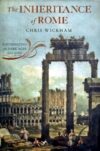
£24.29
The Inheritance Of Rome By Chris Wickham Price comparison



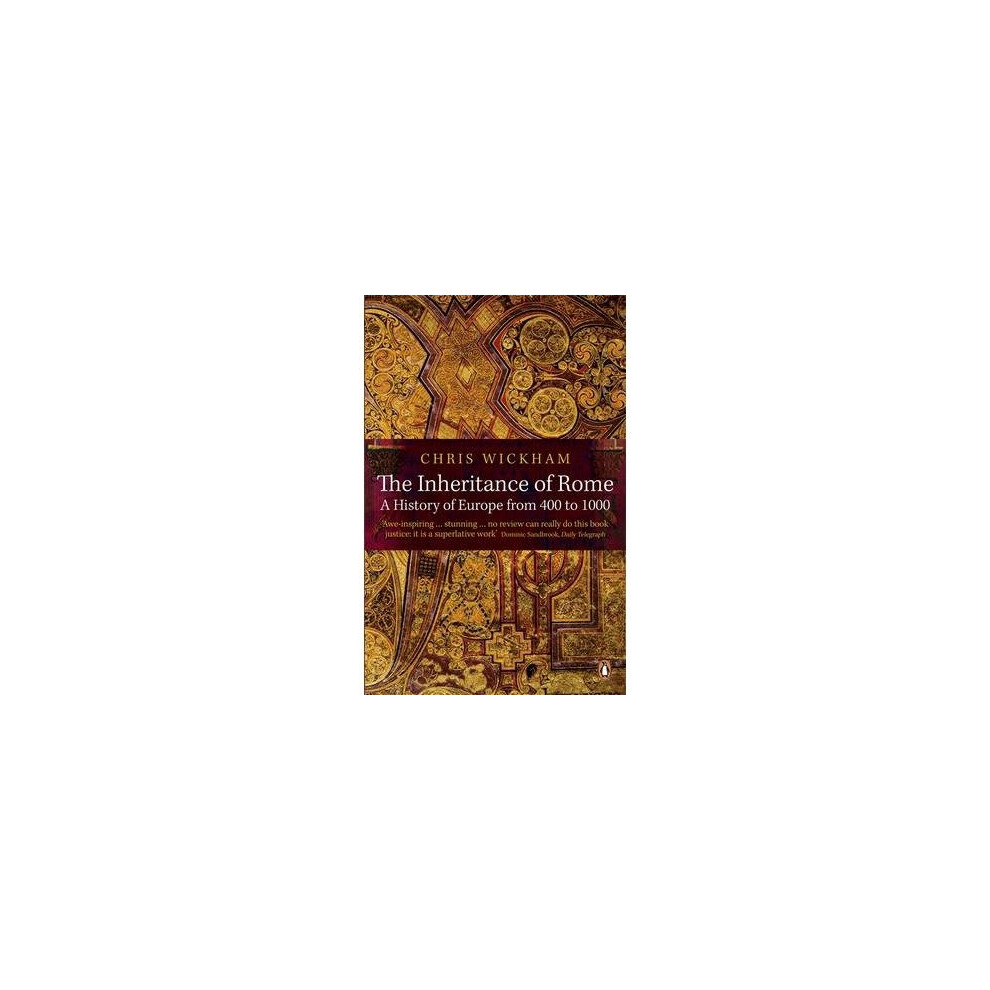


- All prices mentioned above are in United States dollar.
- This product is available at VitalSource, Waterstones.com, Lovereading.co.uk, Whsmith.co.uk, OnBuy.com.
- At vitalsource.com you can purchase Medieval Rome (eBook Rental) for only $10.53 , which is 90% less than the cost in Whsmith.co.uk ($101.63).
- The lowest price of Peter Lang AG, Internationaler Verlag der Wissensc Wickham Steed : Greatest Journalist Of His Times was obtained on November 9, 2025 15:32.
The Inheritance Of Rome By Chris Wickham Price History
The Inheritance Of Rome By Chris Wickham Description
The Inheritance Of Rome by Chris Wickham: A Comprehensive Exploration of Medieval Europe
Uncover the depths of medieval history with The Inheritance of Rome by Chris Wickham. This insightful book, published by Viking Adult, provides an extensive narrative about the transformative period following the fall of the Roman Empire. With 688 pages of meticulously researched information, Wickham presents a vivid picture of early medieval society, making it essential for history enthusiasts and scholars alike.
Main Features and Benefits
- Thoroughly Researched Content: Boasting over 688 pages, this hardcover edition dives deep into the intricacies of early medieval Europe, providing a comprehensive look at how the Roman Empire’s legacy influenced subsequent societies.
- Engaging Narrative: Chris Wickham masterfully weaves together historical analysis and storytelling, making complex themes accessible and engaging for a wider audience. This book captivates readers, whether they are newcomers to history or seasoned experts.
- First Edition Quality: Released on July 30, 2009, this first edition ensures readers receive the latest research and perspectives available at that time, making it a valuable addition to any academic library.
- Durable Hardcover Format: The 2.15-pound hardcover design not only enhances the book’s longevity but also adds a touch of elegance to your bookshelf. Its dimensions (6.34 x 1.63 x 9.3 inches) make it a perfect fit for display.
- Targeted Reading Audience: Specifically written for readers aged 18 and above, the content is accessible while still challenging enough for university-level studies. Ideal for students, teachers, and history buffs.
Price Comparison Across Suppliers
When searching for The Inheritance of Rome by Chris Wickham price, you’ll find a range of options across various retailers. Prices have fluctuated, but overall, you can expect to pay between $25 and $40. Various suppliers offer competitive deals, making it easier than ever to find the best price for this historical gem. Always refer back to our price comparison table to ensure you are getting the best value for your investment.
Notable Trends from the 6-Month Price History Chart
Our 6-month price history chart reveals some compelling trends about this book. Over the past months, you can observe a gradual decrease in price, suggesting increased availability and competitive pricing among online retailers. This trend opens up an opportunity for readers to purchase at a more accessible price point.
Summary of Customer Reviews
Readers have largely praised The Inheritance of Rome for its thorough research and engaging writing style. Many have found the content to be enlightening, providing insights into the era that are often overlooked in mainstream history books. Reviewers commend Wickham for his ability to present complex ideas clearly and effectively. However, some readers have pointed out that the book’s depth may be overwhelming for casual readers, recommending it primarily for those with a keen interest in history.
Related Unboxing and Review Videos
To further engage with Chris Wickham’s remarkable insights, check out popular unboxing and review videos available on YouTube. These videos offer a glimpse into the book’s content and layout, enriching your understanding before making a purchase. They highlight the author’s compelling arguments and provide tips on how to get the most from your reading experience.
If you’re seeking an authoritative text on the evolution of medieval Europe, The Inheritance of Rome by Chris Wickham is an unparalleled choice. With its detailed exploration and expert analysis, this book is not just a read—it’s an educational journey through history. Don’t miss out on the opportunity to deepen your knowledge of this fascinating period. Compare prices now!
The Inheritance Of Rome By Chris Wickham Specification
Specification: The Inheritance Of Rome By Chris Wickham
|
The Inheritance Of Rome By Chris Wickham Reviews (7)
7 reviews for The Inheritance Of Rome By Chris Wickham
Only logged in customers who have purchased this product may leave a review.

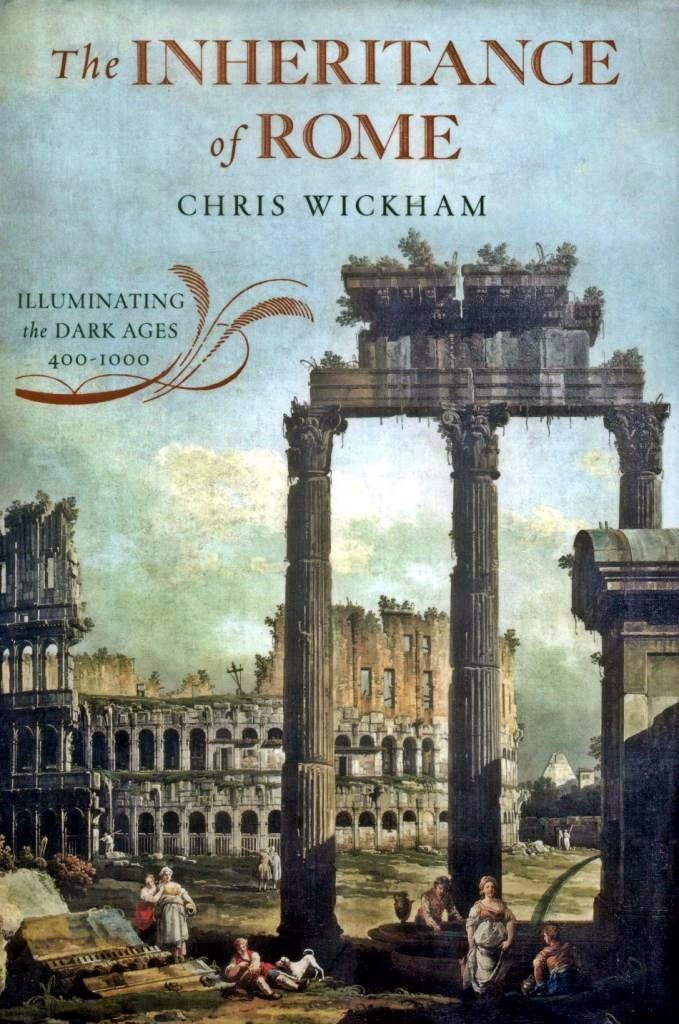
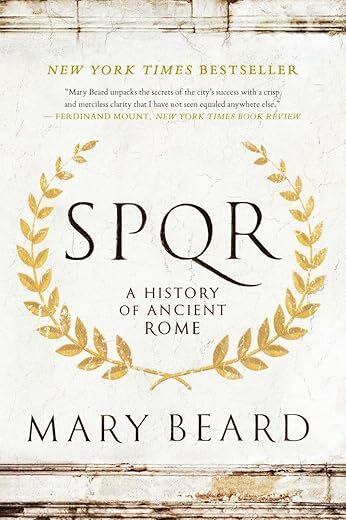
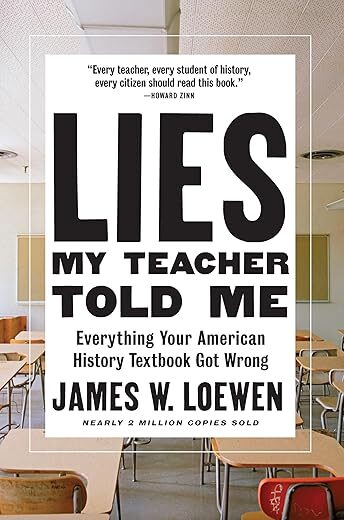
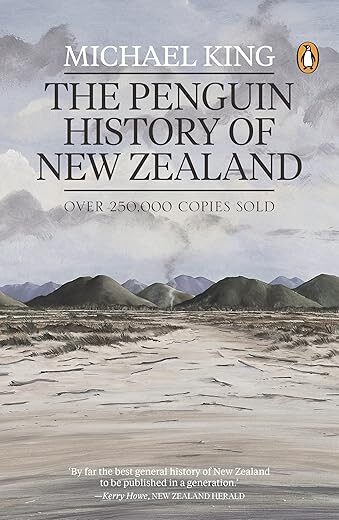
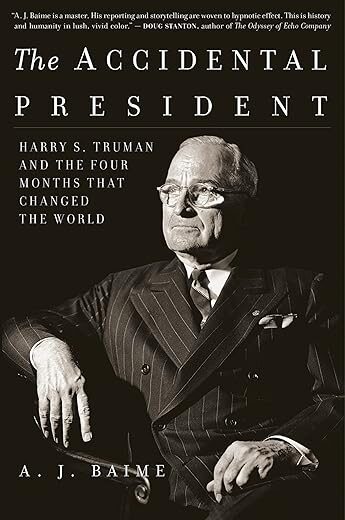

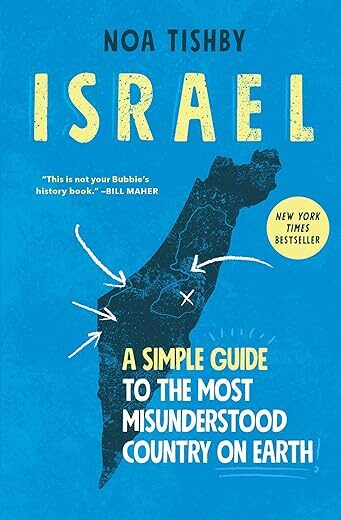
S. Silvestre –
This book is a dense and comprehensive review of the history of medieval Europe, starting from the transition from the Roman Empire to the medieval era. It is a very good book.
Greg Polansky –
First of all, let’s start with the title. The Dark Ages are an outdated term for a period that was anything but dark. The title used in England of this book, The Inheritance of Rome: A History of Europe from 400 to 1000, is a better guide to what you will be getting in this book. Even then, that too is misleading since areas like North Africa and what is now Iraq get coverage. Chris Wickham details the history of both the lands that Rome held sway over and lands at the periphery of the Roman Empire. For anyone always annoyed by the incorrect factoid that the Roman Empire fell in 476 CE, this will be good news.
Wickham does an excellent job of recounting the transformation of the Western Roman Empire, an area urbanized where the public sphere was important, into the subsequent kingdoms that were highly militarized, and where the public sphere had atrophied because cities were no longer possible to maintain in the first part of the period. Thus we get excellent histories of Vandal Africa, Visigothic Spain, Burgundy, Ostrogothic then Lombard Italy, Merovingian Francia, and later on of both the Carolignian Empire and the Caliphate that took over most of Iberia. Wickham details political and economic history extremely well, social history moderately well, and cultural history not as well. His analysis of the transformation of the area in late antiquity is extremely well done and a highlight of the book. In particular, the focus on the conquest of Africa by the Vandals in 439 is an interesting idea. This was the source of food for a huge swath of the Western Empire, and the conquest was a turning point in Roman history.
The second main focus for Wickham is the Eastern Roman Empire/Byzantine Empire. Again, there is some good analysis, especially on the significance of the conquest of Egypt and what it entailed for Constantinople. As I love Byzantine history, I was happy to see this discussed at more length than usual, though not as well as some other authors have done. The period on Justinian really could have been done better. If you’re interested in Byzantine history, I really do recommend John Julius Norwich’s magisterial trilogy.
The third main focus is on the Muslim lands that were conquered in the 7th and 8th centuries. Strangely enough, Wickham does a better job for these areas than he does for the Byzantine Empire. The section on Baghdad was a particular high point.
Lastly, and sort of added as a ‘oh hey, I may as well add more to this book’ are discussions of the periphery – Anglo-Saxon England, Scotland, Ireland, Scandinavia, and some not great sections on the Slavic lands and other parts of what we now call East Europe,
If you’re interested in the latest developments in medieval history, this is a good book to start from. It’s not always the easiest to read, but it is rewarding. And the focus on non-Western Europe in addition to Western Europe is a welcome addition. There are insightful ideas all throughout the book – for instance, often histories claim these are the Dark Ages, but Wickham shows that even in the West at least the aristocratic members of society were still able to read as late as the end of the ninth century. Most importantly is the idea of looking at these areas on their own terms and not judging the period through lens of Renaissance revisionists.
Carl Gershenson –
The period 400-1000 is a blank spot in the minds of most people, even for those who know a great deal about Rome and medieval Europe. What we do tend to know are a handful of decontextualized names (e.g. Charlemagne) and some stock images of bearded men in leather armor killing each other. Wickham, then, was faced with a formidable task: not just to introduce his readers to the Ostrogoths, the Merovingian kingdom, etc., but also to disabuse us of popularly held notions, like the precipitous fall of Rome in 476 or the discontinuities between Rome and its ‘barbarian’ successor states.
It’s for this reason that I strongly disagree with the reviews complaining that this book has too many details, and should not have been marketed to a general audience. The many details are not the intended “takeaway” of this book. Rather, Wickham presents us with such rich anecdotes so that long after the names and events vanish from memory, readers will be left with a deep (and accurate) feel for post-Roman culture, society, and government. Given how shallow (and inaccurate) my feel for post-Roman Europe was before reading Wickham’s book, I consider his book extremely effective.
On the dust jacket, a reviewer describes Wickham’s writing as “pointillist.” I think this description is apt. As with pointillist paintings, this work’s intent can only be comprehended after you take a step back from the anecdotes. Wickham’s prose is only difficult if you get too worried about remembering that Sidonius Apollinaris was so-and-so’s son-in-law, lived in Clermont in the 5th century, etc. General readers need not worry about the details – Just keep on reading, and be confident that you will finish the book with a different understanding of 400-1000 AD than when you started.
Don Calavera –
El libro cubre el periodo entre la caída del Imperio Romano de Occidente y el inicio de la baja Edad Media, es un ensayo excelente aunque quizá la prosa no es la mejor si no tienen ciertos conocimientos previos sobre el periodo.
Cliente Amazon –
Wickham apresenta um olhar maduro para a Idade Média, revelando tensões e uma estrutura complexa que vai além de uma história plana e hegemônica. Ao problematizar pequenas estruturas e outros grupos sociais Wickham dá mais densidade a compreensão política e econômica medievais.
Cliente Amazon –
Not easy to read, the book offers an excellent summary and updated analysis of some of the most o scure centuries of Europe’s history. Probably the best study on the period.
Kristi Howard –
Chris Wickham is possibly the best medievalists in the world today, so it would be presumptive to comment on the contents. So I confine my remarks to the use.
I suggest that you read the whole book through “to get the feeling” of the age. There is so much detail that you will only retain a portion of what you have read. Now comes the hard work: read the book with you computer to look up details of what you have read. This can be both pleasurable and instructive.
Then keep the book as a superb reference item.
This book is an essential item for any historian who wants a deep understanding of the age, and wants to enjoy the study.